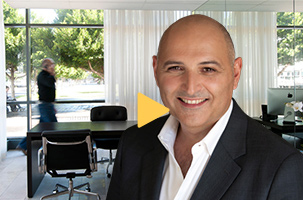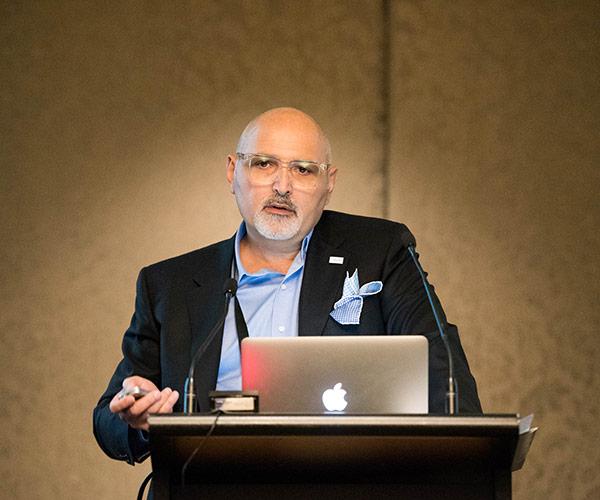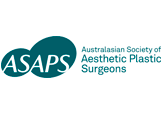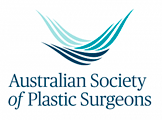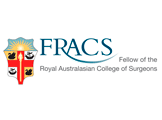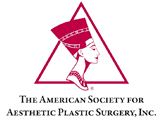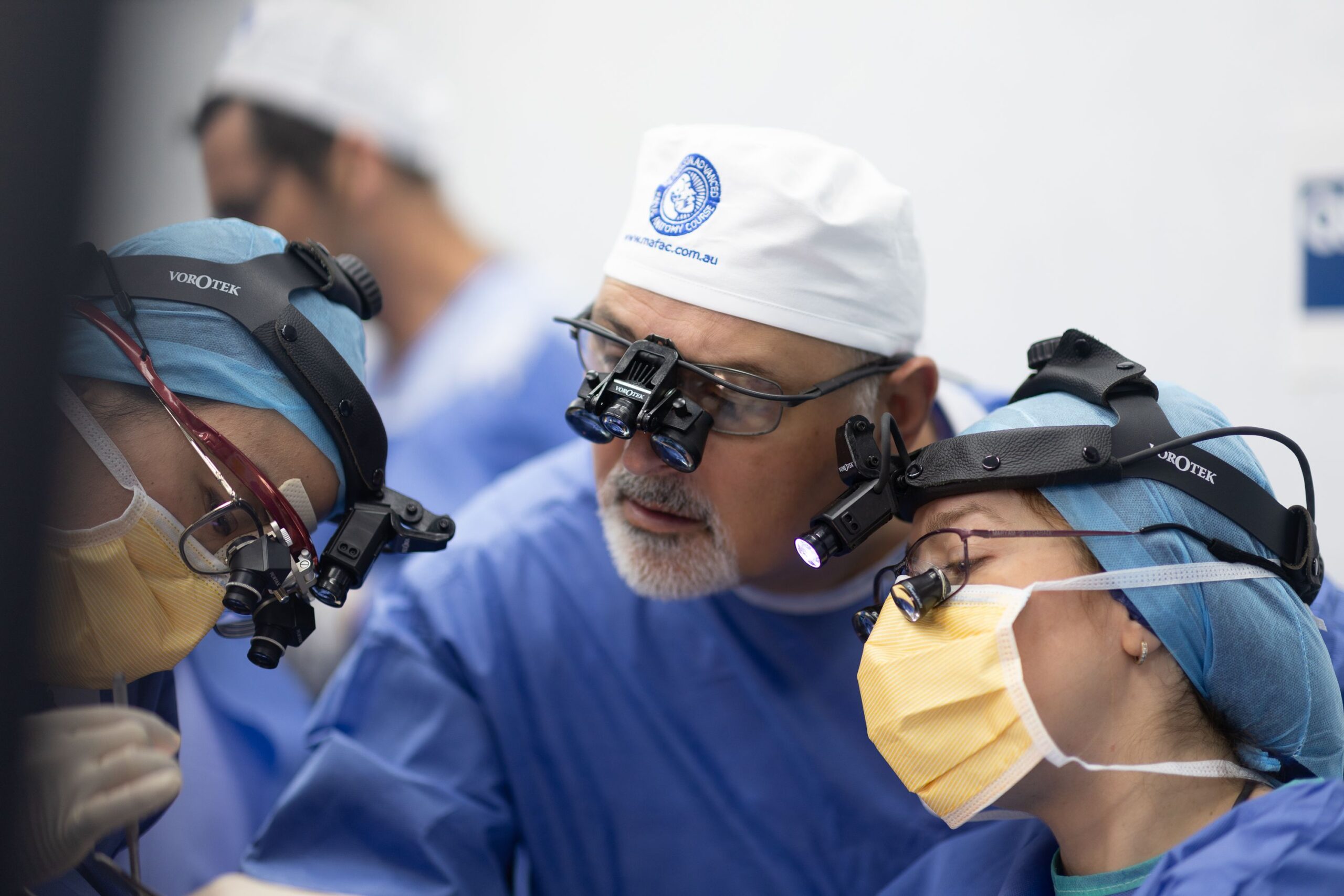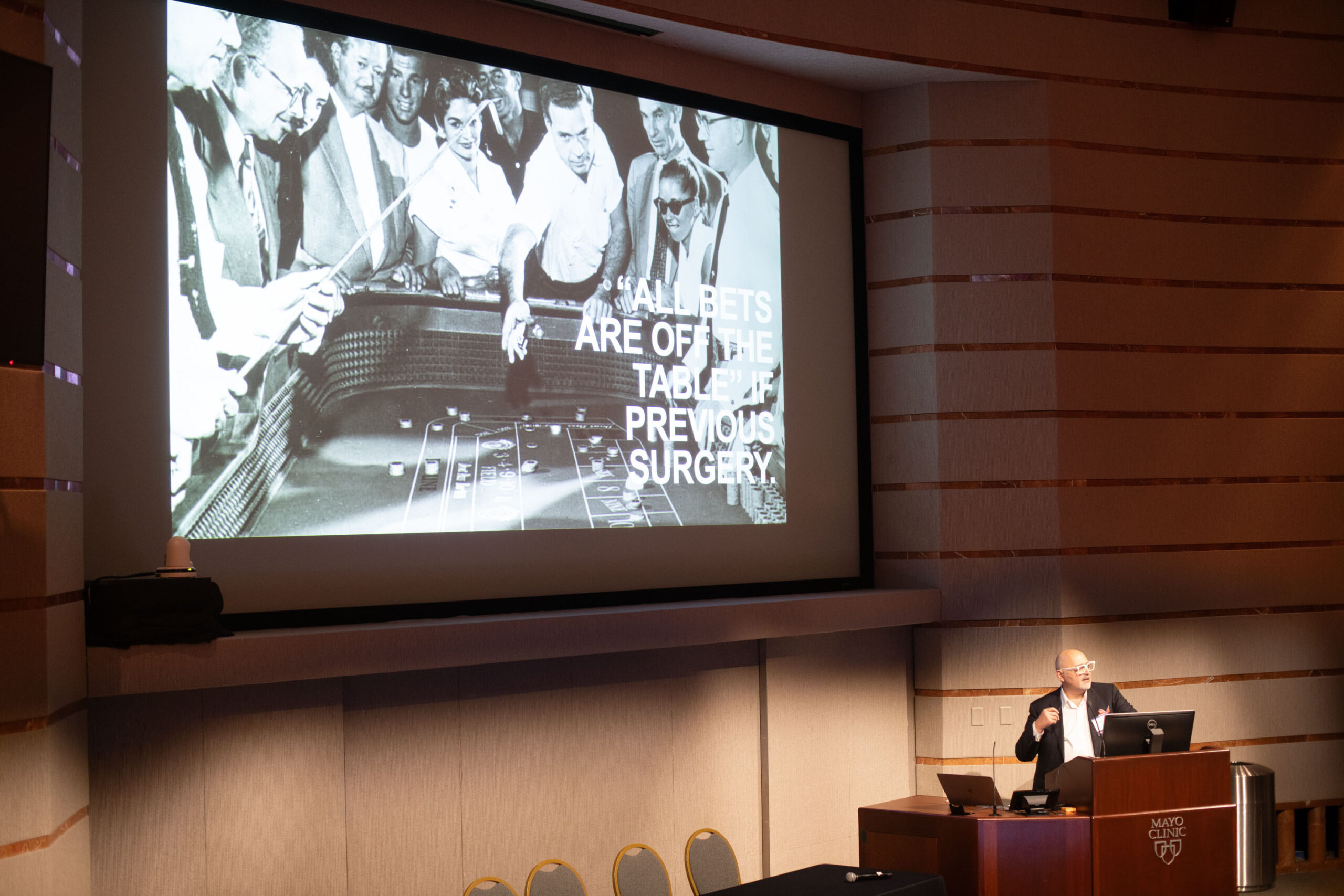Inverted Nipple Repair in Sydney
Technical Explanation of the Procedure
Inverted nipple repair is a surgical procedure designed to correct flat or pulled-inward nipples instead of projecting outward. Nipple inversion can occur due to shortened milk ducts, fibrous bands, or scarring. It may be present from birth (congenital) or develop later in life due to ageing, breastfeeding, trauma, or medical conditions.
The procedure releases the tethering structures beneath the nipple, allowing it to project outward. Techniques vary depending on the severity of the inversion and whether preserving breastfeeding functionality is a priority:
- Mild to Moderate Inversion: Noninvasive or minimally invasive techniques, such as releasing the tight tissue while preserving milk ducts, may be used.
- Severe Inversion: Surgical correction involves releasing fibrous tissue and shortening milk ducts, which may limit the ability to breastfeed.
The procedure is quick and highly effective, leaving minimal scarring and providing a natural, symmetrical appearance.
Quick Facts About Inverted Nipple Repair
- Procedure Duration: 30 minutes to 1 hour.
- Anaesthesia: Local anaesthesia with or without sedation.
- Hospital Stay: Day procedure (performed in clinic).
- Results: Immediate correction with minimal downtime.
- Longevity: Permanent results, though future factors like breastfeeding or trauma may affect the outcome.
- Best Candidates: Individuals with inverted nipples seeking functional or aesthetic improvement.
What to Expect
Before the Procedure:
Your consultation with Dr. Tim will include a thorough evaluation of the severity of nipple inversion and your aesthetic or functional goals. You’ll discuss the best approach for your needs, whether preserving breastfeeding potential or achieving the optimal aesthetic outcome. Pre-operative instructions, including avoiding certain medications, will be provided.
During the Procedure:
Inverted nipple repair is performed under local anaesthesia, with or without sedation, in a fully accredited surgical setting. A small incision is made at the base of the nipple to release the tethering structures. For mild cases, this may involve only loosening the fibrous bands. For severe inversion, shortened milk ducts may also need to be divided. The nipple is then supported with internal sutures to maintain projection, and the incisions are closed with fine sutures.
After the Procedure:
After surgery, a small dressing is applied to protect the area and support healing. Mild swelling and tenderness are normal and subside within days. The results are immediately noticeable, with the nipple projecting outward.
Risks
Inverted nipple repair is a safe and straightforward procedure by an experienced surgeon. However, potential risks include:
- Infection or poor wound healing.
- Changes in nipple sensation (temporary or permanent).
- Recurrence of nipple inversion.
- Scarring (typically minimal and inconspicuous).
- Reduced ability to breastfeed, particularly in cases requiring division of milk ducts.
Recovery Tips
- Follow Post-Operative Instructions: Adhere to Dr. Tim’s guidelines for cleaning and protecting the surgical site.
- Avoid Pressure: Refrain from applying pressure to the nipple during the initial recovery phase.
- Keep the Area Dry: Avoid submerging the nipple in water until cleared by Dr. Tim.
- Wear Loose Clothing: Choose soft, loose-fitting clothing to avoid irritation.
- Manage Discomfort: Use prescribed pain relief or over-the-counter medications as needed.
- Avoid Strenuous Activity: Limit physical activity for the first week to avoid disrupting healing.
